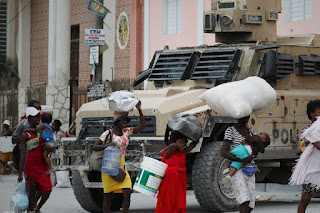How Cities Across the US Are Struggling to Cope with the Migrant Crisis
The U.S. is facing a humanitarian crisis at its southern border as tens of thousands of migrants from Central America and other regions seek asylum and refuge. Many are fleeing violence, poverty, corruption, and climate change in their home countries, hoping for a better life. However, their arrival has overwhelmed federal and local authorities who struggle with the influx.
Border cities like El Paso, Texas, and San Diego, California are the first to receive and process migrants, often in large groups. They must provide shelter, food, medical care, and legal assistance while ensuring safety and security. However, they face challenges. Border cities rely on delayed or insufficient federal funds to cover costs. Staffing and volunteer shortages make handling surges during COVID-19 difficult.
Border cities must coordinate with agencies like the Department of Homeland Security, Customs and Border Protection, Immigration and Customs Enforcement, the Department of Health and Human Services, and NGOs. However, a lack of clear communication and information sharing causes confusion and inefficiency. Limited space and facilities mean migrants stay in overcrowded, unsanitary conditions, housed in tents, hotels, churches, or warehouses, or released onto the streets, posing health and environmental risks.
Interior cities like Denver and Minneapolis are destinations as migrants reunite with relatives or are resettled. They must integrate migrants into communities, providing education, employment, housing and social services. However, challenges remain. Interior cities often receive migrants without notice, hindering preparation and planning. Unpredictable flows depending on border policies, weather, and source country situations add difficulty.
Interior cities must self-allocate scarce resources to assist, receiving little federal assistance. They balance migrant and existing resident needs and views. Overcoming barriers like language, cultural differences, discrimination, isolation, and marginalization fosters inclusion in communities.



Comments
Post a Comment